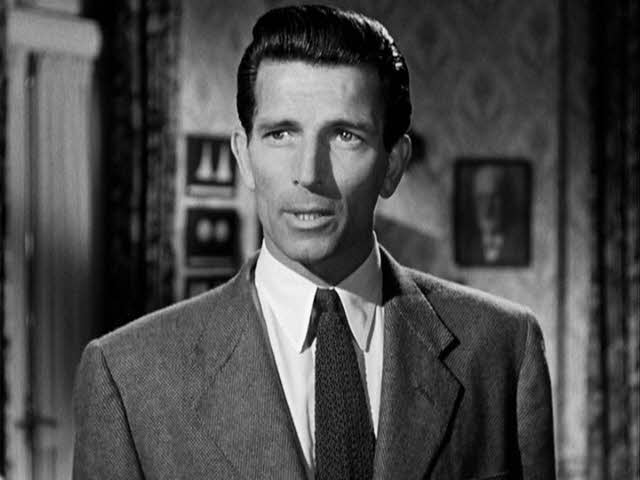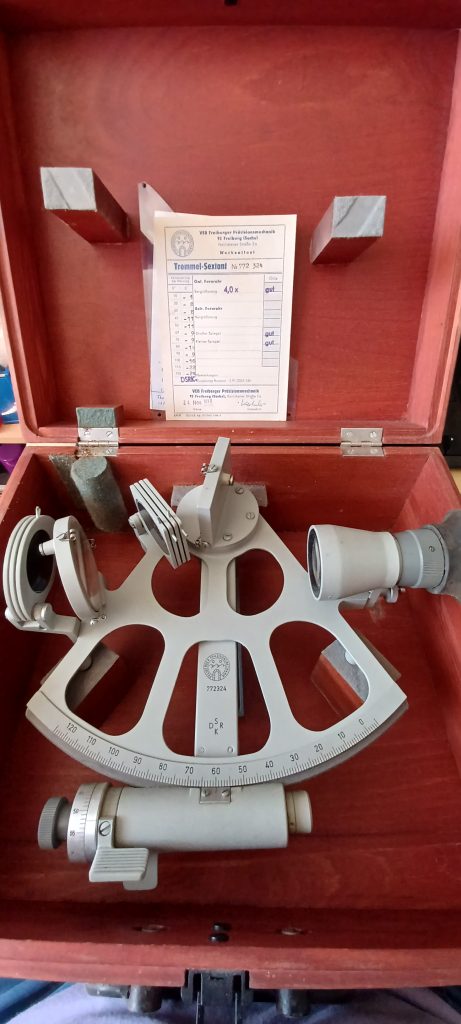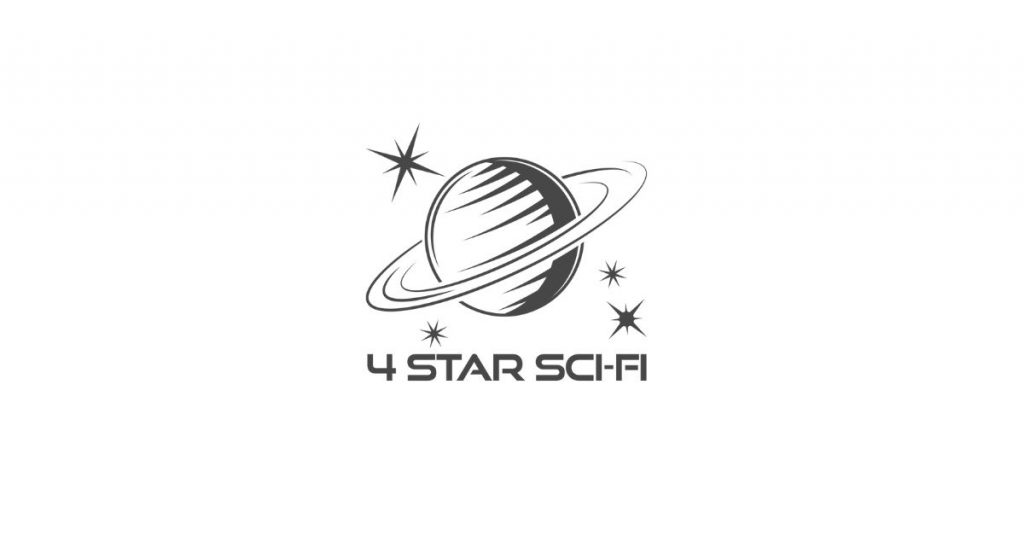The movie, The Day the Earth Stood Still, the 1951 black and white version, has a lot to answer for. I first saw it when I was a teenager and it blew my mind.

This is my favourite line, apart from Gort. Barada Nikto!

What, you might ask, is a reference to a 1950s Scifi film doing on my blog?
Well, the real story behind that started in 1979.
That was the year I complete all the qualifying conditions to hold a Certificate of Competency as Second Mate (Foreign Going) in the Merchant Navy. Which meant that I was considered competent to keep the middle watch (midnight to four a.m.) when the vessel was at sea and to be responsible for the safe navigation of the vessel.
Back then, you needed a sextant, a chronometer, a nautical almanac and a set of nautical calculation tables to define your position when out of sight of land. The almanac gave you the positions of celestial bodies, the sextant allowed you to measure angles, the chronometer showed the exact time in Greenwich and the tables enabled easy calculations in spherical trigonometry. Of course, now it’s all done by satellite and provided as a real-time readout of Latitude and Longitude, or shown on a moving electronic chart in the ship’s wheelhouse.
As was the custom, on passing my Second Mate’s, I bought my own sextant. My choice was a Carl Zeiss Jena Drum Sextant, made by VEB Freiberger Prazionsmechanik of Freiberg, East Germany. It was purchased from J D Potter Ltd of the Minories, London and cost me a month’s salary.

With that, I was all set. My trusty sextant helped me get around the planet (see where I’m going?) for many years.
Of course, astronomical navigation was only one aspect of the Second Mate’s job. Passage planning, the preparation and drawing of the vessel’s proposed courses on navigational charts was also a large part of the job.
Making sure that you avoided all the rocks, got within visibility of the important landmarks (to check your position) and took the least possible safe distance from A to B was the aim.
To reduce the process to its basics, you started planning on the smallest scale chart, then transferred the waypoints and amended your route as you zoomed in.
Moving on, when I was thinking about how my spaceships would get around the Galaxy (cue the reference from the film), I couldn’t really use the same sort of idea of a man with a sextant and a set of tables. So I went with the electronic chart option, the only real difference from the ones I was used to was that all the planning had to be done in three dimensions.
Here’s how Dave Travise did it, in an extract from Myra.
As navigator, it would be my job to plot the approach, so when I got to the wheelhouse I fired up the ship’s chart computer. There was the usual frustrating wait whilst it initiated and checked the secure link for updates, the technology was about ten years old, in other words obsolete, but it would not be replaced until spares were no longer available.
Unlike on newer ships, there was no voice interface, all the route planning was keyboard based and there wasn’t even a calculation mode, the chart computer linked to a separate computer for that, with all the attendant potential for error and malfunction.
The standing joke was that the bad guys had better gear, and in border disputes were more aware of their position than we were.
The machine finally bleeped and I pulled the keyboard towards me. I typed in Oonal and the 3D screen built into the chart table showed it as a red dot. I zoomed in and rotated the picture until I had it centred; it was on the Rim at least sixty degrees away from our blue dot.
I adjusted the picture until I had both dots on opposite edges of the screen and using the menu illuminated the gravity field overlay.
Yellow spheres surrounded each star, showing the extent of the gravitational influence that would prevent our use of trans-light speed. As long as I plotted a course that kept out of the yellow, we could ignore Einstein and use the Padget Inverter to create a field that enabled what we called C+, faster than light travel.
After an hour’s steady work I had produced a route and plotted a series of course alteration waypoints, they all needed joining up and that was where the number crunching started.
I saved the route and transferred the points to the computer, which calculated course, speed and engine settings before passing it back to the chart. As it worked, each point was joined by a green line. Finally, I had a route, which I saved in my files and the ships.
If you want to know why Dave was on the way to Oonal, you’ll have to read the whole story.

Officially, Finn Douglas died on active duty. The truth is more complicated.
When a Federation Navy patrol is ambushed, on the edge of explored space, Finn is the only survivor. Instead of death, he’s given the chance of a new life. All he has to do is keep his mouth shut.
Fitted with a second-hand identity chip, Finn Douglas becomes Dave Travise.
His new boss is Rixon, a trader with flexible morals, living on both sides of the law. Dave soon finds that his new life isn’t easy. Rixon has plenty of rivals, all looking for a chance to settle old scores.
As his life lurches from one crisis to another, Dave only has his wits and his new shipmates to keep him safe. If they can be trusted.
If that wasn’t enough, there’s Myra, the engineer on his new home. She could be available, except that she’s the real Dave Travise’s old flame.
Whatever name he uses, Dave’s going to need all the luck in the galaxy to get out of this in one piece.

What do you think?
I’d love to get your comments, please leave them below. While you’re here, why not take a look around? There are some freebies and lots more content, about me, my writing and everything else that I do. You can join my newsletter for a free novella and more news by clicking this link.

![]()



Jack Eason
Nice on Mate.
Richard Dee
Thanks, I found my sextant in the loft, picking it up bought back so many memories.